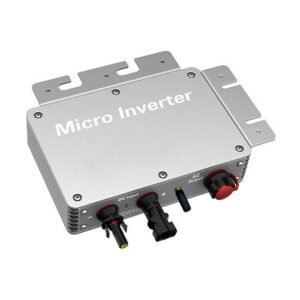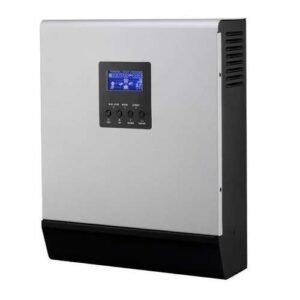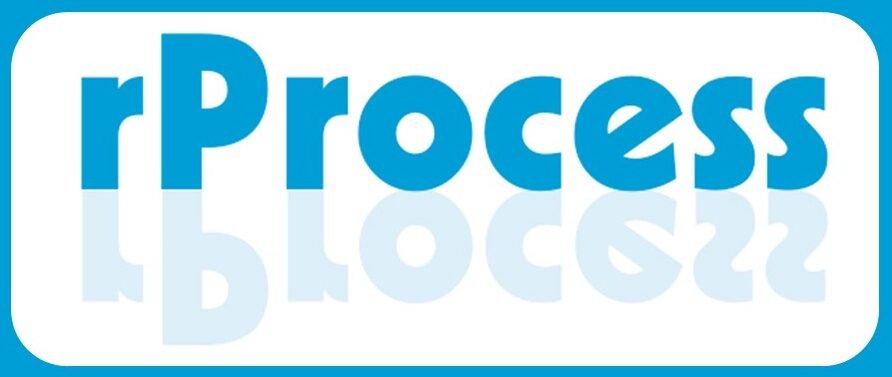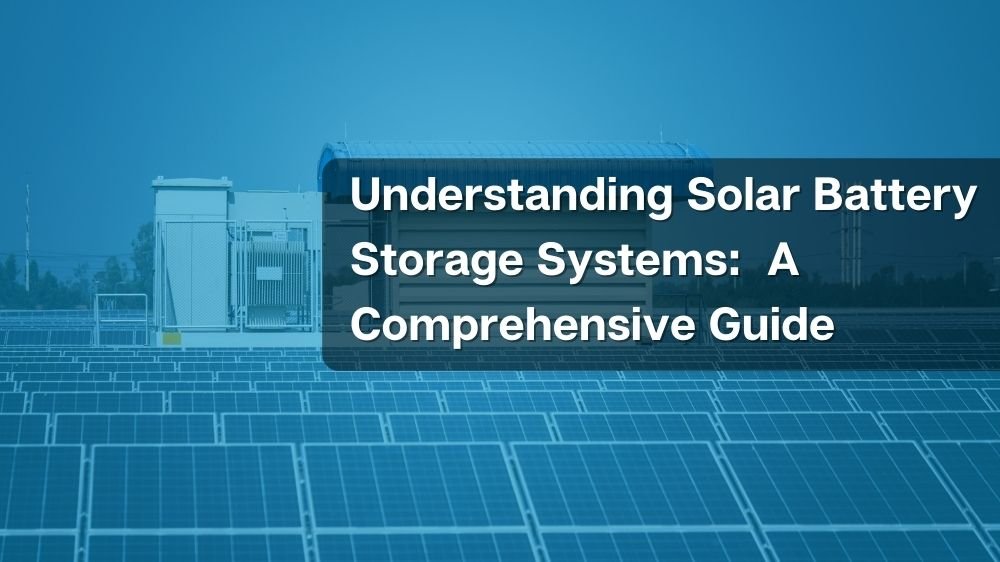Introduction
Solar power is becoming increasingly popular as a clean and sustainable energy source. To harness the energy from the sun, solar panels are used to convert sunlight into direct current (DC) electricity. However, the electricity we use in our homes and businesses is alternating current (AC). This is where solar inverters come into play. In this technical blog, we will delve into the world of solar inverters, exploring their types, functions, and efficiency.
What is a Solar Inverter?
A solar inverter is a crucial component in a photovoltaic (PV) solar system. Its primary function is to convert the DC electricity generated by solar panels into AC electricity that can be used to power appliances, buildings, and the electrical grid. Solar inverters play a pivotal role in maximizing the efficiency and usability of solar power.

Types of Solar Inverters
Solar inverters come in various types, each designed to suit different applications and system configurations. Here are some of the most common types:
- String Inverters (Central Inverters):
- String inverters are one of the most common types of solar inverters used in residential and commercial solar installations.
- They are designed to handle multiple solar panels connected in series, forming a string. • String inverters are cost-effective and relatively simple to install.
- However, their efficiency can be affected by shading or panel mismatch issues since the entire string’s performance is dependent on the weakest panel.
- Micro inverters:
- Micro inverters are installed on each individual solar panel.
- They convert the DC electricity from each panel into AC electricity independently.
- Micro inverters are less affected by shading and panel mismatch issues, leading to higher system efficiency. • They also provide real-time monitoring of each panel’s performance.
- Power Optimizers:
- Power optimizers are devices connected to individual solar panels, much like micro inverters. • They optimize the DC electricity generated by each panel before sending it to a central inverter. • This approach combines the advantages of string inverters’ cost-effectiveness with the panel-level performance monitoring and shading mitigation of micro inverters.
- Hybrid Inverters:
- Hybrid inverters are used in solar systems with energy storage (batteries).
- They not only convert DC to AC but also manage the flow of electricity to and from the batteries. • This allows homeowners to store excess solar energy for use during cloudy days or at night.

Functions of Solar Inverters
Beyond the basic DC-to-AC conversion, solar inverters perform several essential functions to ensure the efficient and safe operation of a solar power system:
- Maximum Power Point Tracking (MPPT):
- MPPT is a technique used by inverters to optimize the output of solar panels.
- It continuously adjusts the voltage and current to ensure the panels operate at their maximum power output, even in varying light conditions.
- Grid Connection and Synchronization:
- Grid-tied solar inverters synchronize with the utility grid.
- They ensure that the solar system feeds excess electricity back into the grid and receives power from the grid when needed (net metering).
- Safety and Monitoring:
- Inverters provide safety functions, such as automatic shutdown in case of a grid outage (anti-islanding). • Many inverters offer real-time monitoring of system performance, allowing users to track energy production and identify issues promptly.
Efficiency of Solar Inverters
The efficiency of a solar inverter is a critical factor in the overall performance of a solar power system. Inverter efficiency is typically measured as a percentage and can be categorized into two types:
- Conversion Efficiency:
- Conversion efficiency measures how well the inverter converts DC power from the solar panels into AC power. • High-quality inverters can achieve conversion efficiencies of 95% or more, minimizing energy loss during the conversion process.
- CEC (California Energy Commission) Weighted Efficiency:
- CEC weighted efficiency accounts for the inverter’s performance at different power levels. • This metric considers how well the inverter operates under various conditions, including low and high power output. • It provides a more accurate representation of real-world efficiency.
To ensure the best possible efficiency, it’s essential to choose an inverter that matches the size and type of your solar panel array. Additionally, regularly monitoring the inverter’s performance can help identify and address any issues that may arise.

Conclusion
In conclusion, solar inverters are a vital component of any solar power system, playing a crucial role in converting DC electricity from solar panels into usable AC electricity. By understanding the types, functions, and efficiency of solar inverters, you can make informed decisions when designing and maintaining your solar installation. As the solar industry continues to evolve, advancements in inverter technology promise even greater efficiency and reliability in the generation of clean, sustainable energy.

